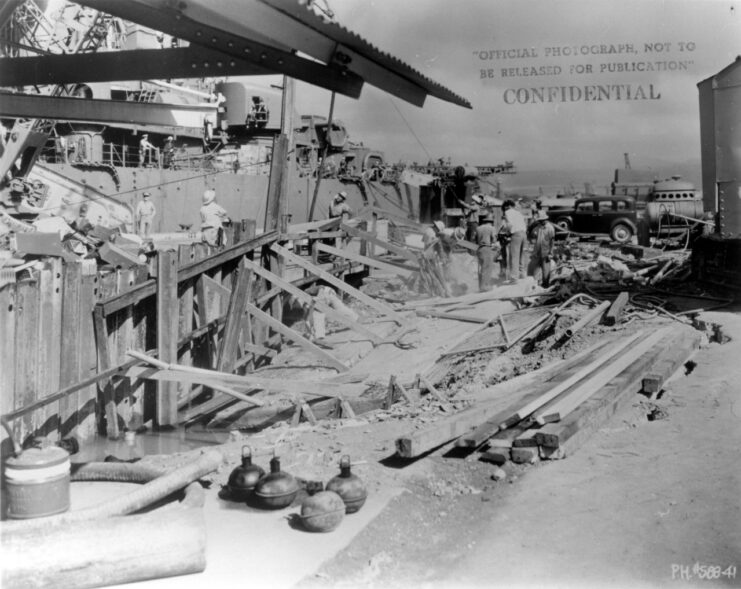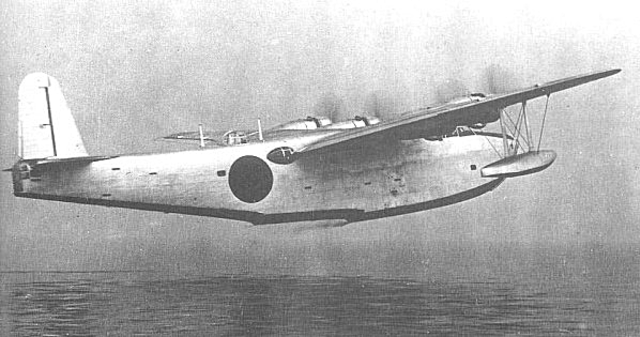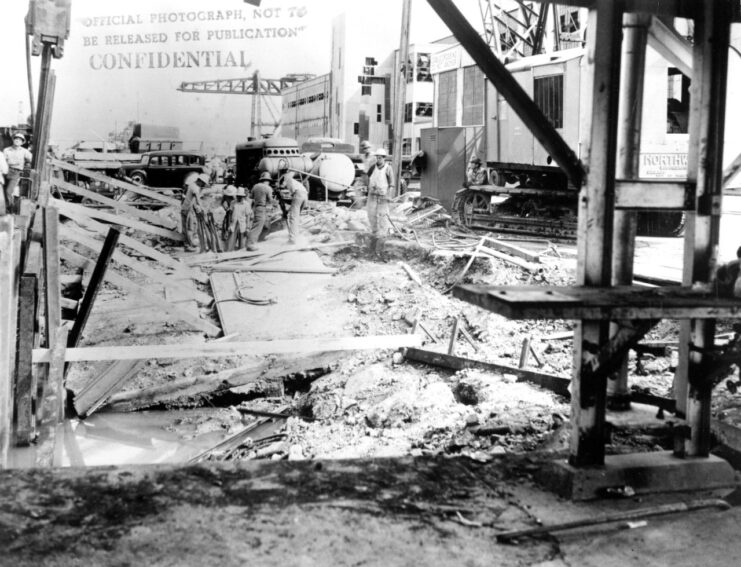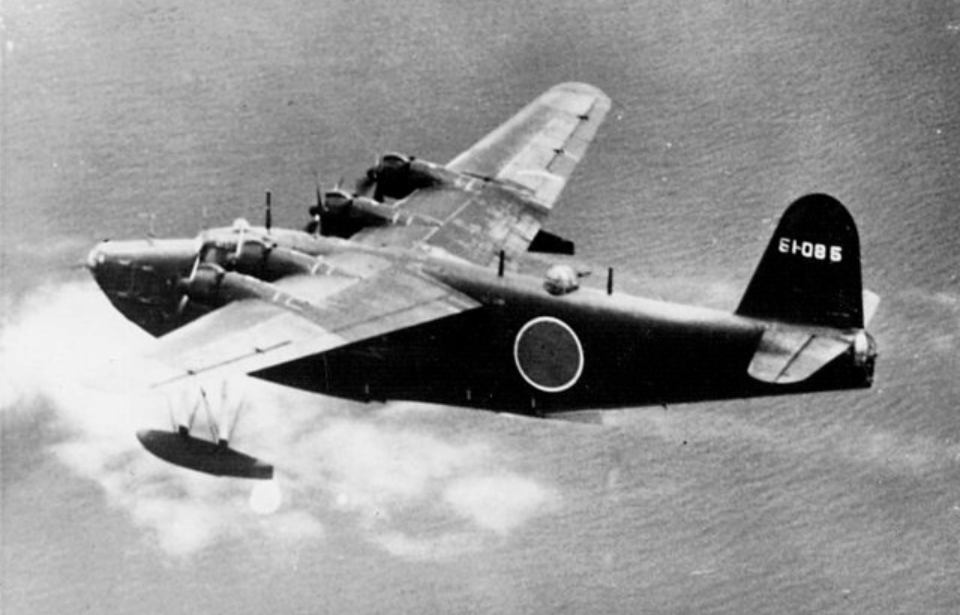The attack on Pearl Harbor on December 7, 1941, has been featured in countless books and movies. It was a surprise, devastating strike that caught the U.S. off guard, damaging or sinking several ships and killing more than 2,400 people. But what many people don’t realize is that Japan had planned a second mission to cause even more chaos. This follow-up, called Operation Kē-Sakusen (or Operation K), was designed to strike Pearl Harbor again—this time aiming to disrupt salvage and repair efforts and further weaken the U.S. Navy’s ability to fight back. However, Operation K didn’t go nearly as smoothly as the first attack.
What did Operation K entail?

Operation K was set for the night of March 4, 1942, and was supposed to involve five massive long-range Kawanishi H8K flying boats. But because of logistical problems, only two aircraft were ultimately available for the mission.
These planes were originally earmarked for bombing runs against mainland U.S. targets like California and Texas, but first, the Japanese wanted to check on the repair progress at Pearl Harbor. The H8Ks were ideal for reconnaissance, and since each could also carry four 550-pound bombs, they had the ability to further disrupt the Pacific Fleet’s recovery efforts.
This mission was historic because it became the longest-distance bombing run ever carried out by just two planes, and it ranked among the longest bombing missions ever flown without fighter escorts. The round-trip journey from the Marshall Islands to Pearl Harbor and back covered more than 2,000 miles. To make this enormous trip possible, the Japanese placed fuel tanks at the French Frigate Shoals, where the flying boats could refuel before making the final 500-mile push toward their target.
Unable to approach Hawaii by sea

At first, the Imperial Japanese Navy (IJN) saw the initial strike on Pearl Harbor as a big win. But later surveillance showed that the U.S. Navy was bouncing back quicker than they had expected.
To make sure there wouldn’t be another surprise strike, the U.S. improved its sea-based warning systems, making it nearly impossible for enemy ships to get close to Hawaii without being noticed. Because of this, the Japanese chose to use long-range bombers instead. Their primary target was the “Ten-Ten” dry dock, where damaged ships were being repaired. The goal was to hit those vessels and slow down the Pacific Fleet’s recovery, giving the IJN a better chance of staying ahead.
The attack was scheduled for a night with a full moon to give pilots the best visibility for spotting targets.
Kicking off Operation K

In the days before Operation K, intelligence observers noted the deployment of the H8Ks and alerted naval authorities on Oahu, but these warnings were largely ignored. Lt. Hisao Hashizume was the mission commander and flew the first flying boat, while Ensign Shosuke Sasao piloted the second. The submarine I-23 was meant to provide a weather report, but had become lost at sea a few days prior.
As the mission got underway, radar stations on Kauai noticed the flying boats, prompting Consolidated PBY Catalinas and Curtiss P-40 Warhawks to take to the skies in search of the enemy aircraft. Thick clouds appeared, providing a shield for the aircraft, but also hindering visibility for the crews onboard. The H8Ks were supposed to attack in tandem, but the men in the second couldn’t hear the orders coming from the lead flying boat. They split up, and their bombs were dropped without proper targeting.
The first H8K’s bombs fell on a mountainside, near a school in Honolulu. There were no casualties and just a few windows were broken. The second’s munitions fell into the Pacific Ocean. The flying boats returned to the Marshall Islands, where they landed at separate air bases.
What was the outcome?

The main result of Operation K was that the United States discovered that the Japanese could still enter its airspace and leave without being stopped. The US Army and Navy blamed each other for the nighttime explosions near the school. The mission also caused concern about possible more Japanese attacks on the US.
More from us: Debunking Myths About the Japanese Attack on Pearl Harbor
Though a follow-up was planned for a few months later, it was eventually canceled because the Americans realized the Japanese were using the French Frigate Shoals as a base and had increased patrols in the area.
